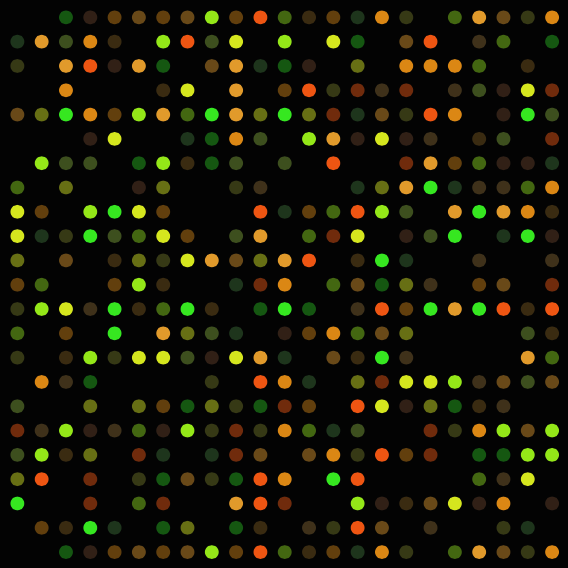Microarray technology has become one of the most important tools when it comes to microbiology and the studies in its field. Typically, a micro array is a glass slide that can contain DNA samples in an orderly and contained manner. A single slide of microarrays can contain thousands of samples and the samples themselves can contain millions of DNA.
Microarray analysis has proved itself in the last few years to be a powerful way to analyze the transcriptome of prokaryotic and eukaryotic cells. It has become a crucial form of technology in the biomedical research, is highly valuable for biotechnological and pharmacological research. Because of how easy it is to use and their compatibility with general lab equipment, microarrays have been mostly used for studying genes and their expressions.
To gain advanced miniaturization, the nucleic acids used as probes are put onto a glass surface and the targets are labeled by fluorescence molecules. This was made possible by progress made in attaching nucleic acids so that they can be placed on the glass surface. One of the ways to do this is to try the photolithography method from semiconductor manufacturing to fuse oligonucleotides directly with a glass surface.

Despite the differences of the solutions that have been made for performing microarray analysis, all are miniaturized hybridization for making the study of DNA easier.
There are a few traits that all microarrays have in common, they are as follows.
- The array, contains ‘probes’
- Hybridized targets
- A detection system that measures the hybridization signals
Most commonly, microarrays have been applied to the study of gene expression, genomic analysis and drug discovery.
Controls in Microarray Experiments
Because of the complexity of the experiments and the need to compare the data through multiple experiments, it is very important to have control in the microarray experiments.
The types of control needed in the experiments and studies done with microarrays are as follows:
Calibration
Calibration controls check the monitor the range and sensitivity of the system. Once these controls hybridize with the samples that contain the RNA mix, they will result in the signal levels that will determine the concentration range. This allows for the generation of calibration curves from which the dynamic range and the detection limits can be discovered.
Ratio
Ratio controls represent high and low microarray expression levels. Once these hybridize with the samples that contain the RNA mix, they will reveal the result in ratios that are closest to the target values.
Negative Control
Negative controls allows researchers to study and analyze the signal levels from general hybridization.
Microarrays have been used to observe the behavior of genes and to find out what drugs are affective and which ones are not. When it comes to hybridization and comparison of the DNA samples, they have made it easier simple because they can contain so many samples at the same time. They have reduced costs and made the entire process easier for the researchers, who now simply have to work on one plate rather than change the slides over and over.
Arthur McLeod is an expert when it comes to the fields of genomics. For microarray outsourcing, he refers to this website.
























